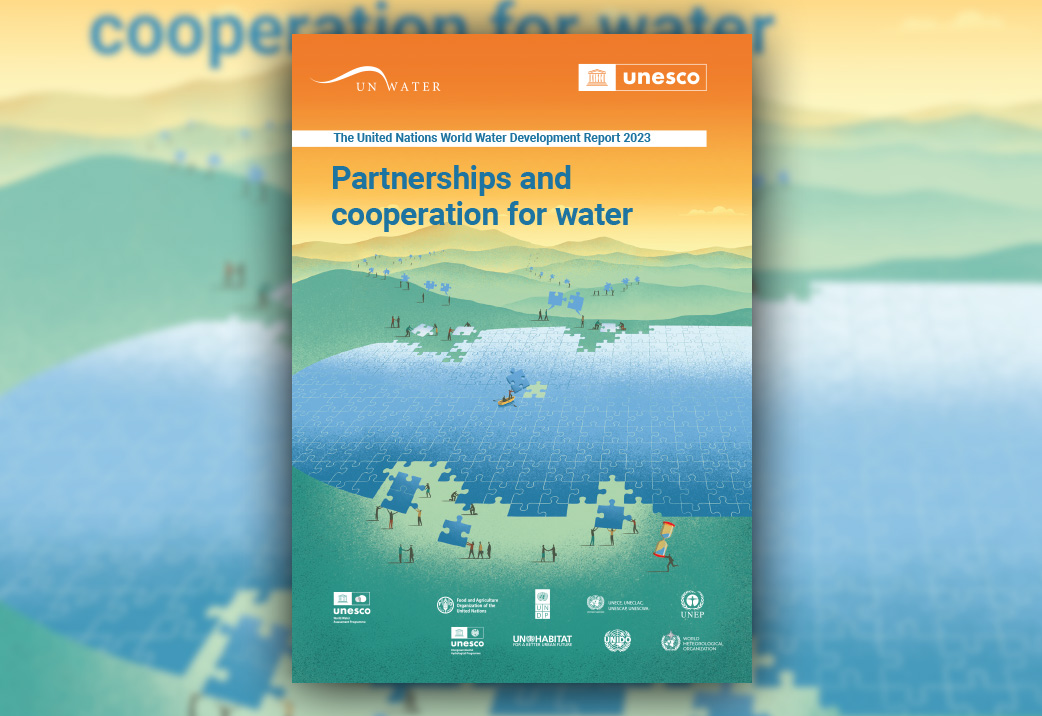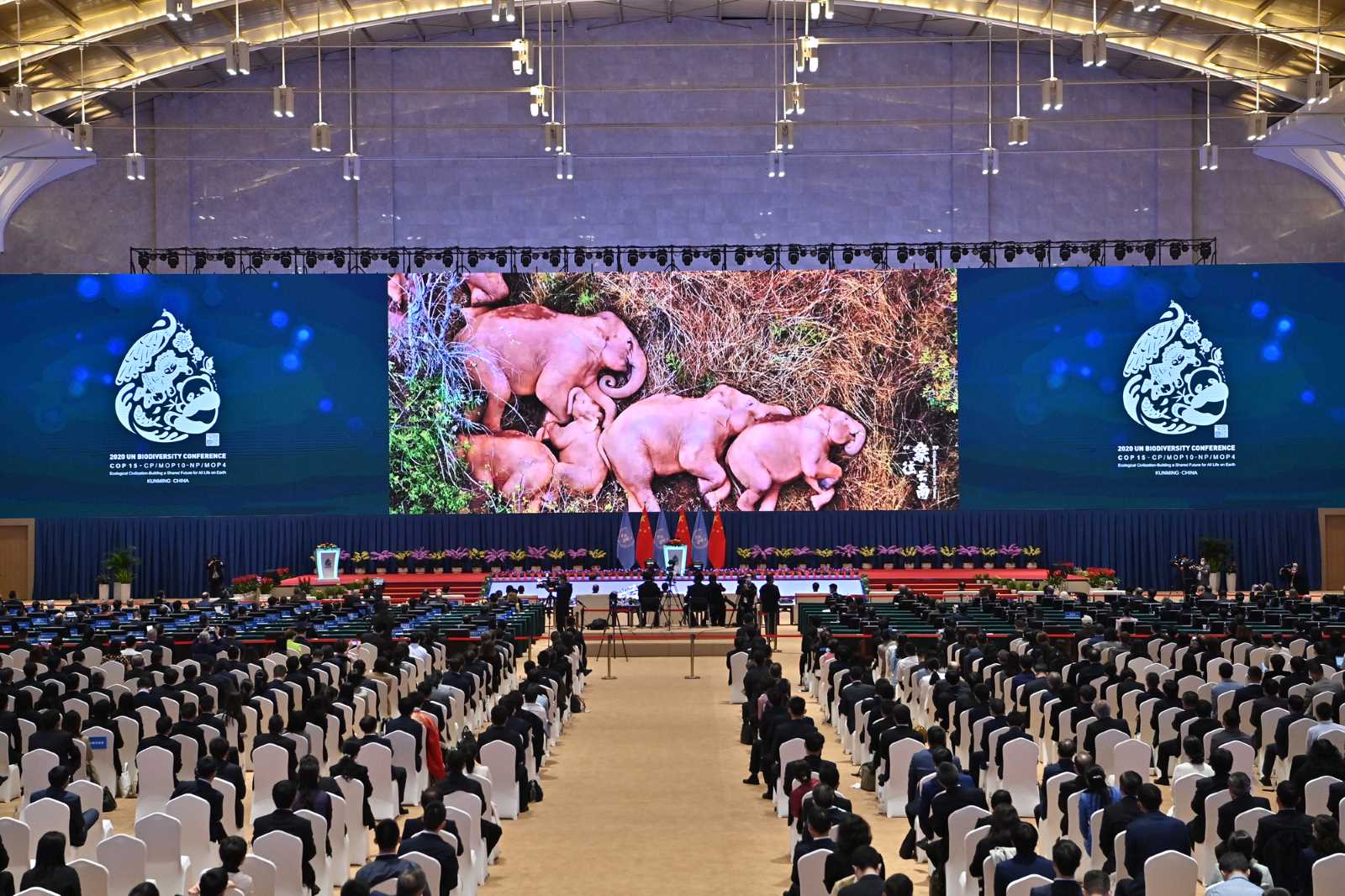Forests degradation
The end of over-optimism

The initial idea seemed simple. Developing countries would reduce rates of deforestation and forest degradation, and rich nations would compensate their efforts by paying a price for the carbon stored in the forests concerned. Carbon credits would be traded on international exchanges, and companies in rich nations would use such credits to be counted as emission reductions they would legally be obliged to make. Protecting forests would thus make business sense, and even become more profitable than cutting them down.
Proponents spoke of a win-win-win scenario:
- Private sector companies in rich nations would benefit because they would be able to meet emission-reduction targets at relatively low costs.
- Developing countries would generate substantial additional revenues.
- The climate would be protected to the extent that fewer carbon emissions accumulate in the atmosphere.
Forest destruction contributes 10 % to 15 % to global greenhouse-gas emissions – more than the entire global transport sector accounts for. The issue must be addressed. In the context of the UN Framework Convention on Climate Change (UNFCCC), reducing emissions from deforestation and forest degradation (REDD) was put on the negotiating agenda at the Bali summit in 2007. The goal was to design a scheme that puts a price on carbon storage in forests.
Unfortunately, things are not as simple as they may have seemed at first glance. The initial REDD concept was prone to set perverse incentives because it was designed to only reward countries for reducing deforestation rates. Forest-rich countries with low deforestation rates, however, would not have benefited in the same way from REDD efforts.
The concept was revised accordingly. The new consensus is that countries must also be rewarded for avoiding deforestation in the first place and even for expanding forests. To mark the difference, experts now speak of REDD+.
However, global negotiations on REDD+ have been hamstrung by political controversies as well as technical complexities. It has become obvious that early optimism about a low-cost win-win-win solution was exaggerated.
Lawless areas
A serious problem is that forests are about much more than carbon storage. They also matter in terms of biodiversity. Moreover, the subsistance of millions of people in developing countries depends on forest resources. Many of them belong to indigenous peoples.
Making matters more complicated, forest-rich countries in Asia, Africa and Latin America typically do not have well-defined and well-enforced land legislation for their woodlands. As overlapping claims between customary and statutory tenure are common, the establishment of carbon reservoirs can lead to conflicts over access to land. Such tensions are quite similar to those triggered by large transactions of agricultural land (“land grabs”).
In view of this complexity, the donor governments that are in favour of a REDD+ agreement want to achieve multiple benefits. In addition to mitigating climate change, they want REDD+ to protect biodiversity and boost development, for instance by improving rural livelihoods. In order to achieve this, REDD+ programmes will obviously require transparent governance, which allows for meaningful participation by local people. The snag is that this approach touches upon politically sensitive issues and puts in question firmly established power relations. Unless the ownership issues are dealt with in a fair and convincing matter, however, disadvantaged communities will be at risk of being marginalised and even displaced by REDD+ schemes.
Once REDD+ takes off, a lot of money will be in play. Those who wield power are likely to develop a keen interest in the forest resources of even the most remote areas. Forest sectors in many countries are marked by corruption and lawlessness. Things are likely to become worse unless traditional land rights are recognised and forest governance improves dramatically.
INTERPOL, the international police agency, warns that carbon trading may offer opportunities to criminals. Carbon credits are of an intangible nature; some consider them “legal fiction” or “virtual commodities”. According to INTERPOL (2013), carbon markets are especially vulnerable to crime. Securities fraud, embezzlement and money laundering seem probable.
The debate on REDD+ has raised international awareness of these fundamental questions. Whether and to what extent global climate negotiations can tackle them effectively remains to be seen. There are more challenges.
Lack of funding
Experts reckon that it would cost about $ 30 billion annually to reduce current deforestation rates by 50 %. Given that developed countries have historically caused most of the greenhouse-gas build-up in the atmosphere, many developing countries initially insisted that the rich nations pay for REDD+. This is how they understand the UNFCCC’s reference to common but differentiated responsibilities.
The governments of rich nations are reluctant to come up with the money. Their budgets are tight, and their austerity policies hurt them politically at home. Because large-scale public funding looked unlikely, the Cancún climate summit endorsed “appropriate market-based approaches” as well as “non-market-based approaches” for financing REDD+ in 2011.
To establish a full-fledged international market for carbon credits, however, the international community must cap emissions in an effective and legally binding way. Unfortunately, UNFCCC negotiations are far from reaching such an agreement.
The problems are compounded by technical complexities. Forest carbon cannot be measured as accurately as emissions from industry. Moreover, it is
a huge methodological challenge to define accurate national baselines for assessing the results of REDD+ measures. The issue is fraught with politics since
future revenues will depend on the baselines. Finally, guarantees are needed to ensure:
- that the impact of REDD+ measures in one place does not lead to forest destruction elsewhere (“leakage”) and
- that forest protection achieved by REDD+ is permanent and not merely temporary.
Private-sector consultants from the Munden Project have made a sobering assessment (Munden 2011). In their eyes, the methodological challenges are too great for forest carbon markets to ever work in the way that is hoped for today. Moreover, the value generated by carbon markets is likely to be captured by intermediaries and traders, with very little money reaching the grassroots level.
In view of these technical challenges, there is reason to doubt that REDD+ is a viable alternative to reducing fossil fuel emissions at the source. Schemes must be designed very well to prevent manipulation and abuse.
Sub-national action
Initially, the implementation of REDD was supposed to depend on nation-wide monitoring systems. The idea was to thwart leakage within a country, with REDD+ efforts in one area being made meaningless by forest destruction in other areas.
In the meantime, the negotiations have moved on. Under certain conditions, sub-national carbon accounting is now considered sufficient. The proponents of this change argued that sub-national monitoring institutions are more nimble.
For example, the US State of California established a sub-national carbon market in its Global Warming Solutions Act of 2010. This law forces businesses in California to either reduce emissions or to buy carbon credits, including from REDD+ measures.
The Californian law is important, not least because the USA has been dragging its feet in the climate negotiations. If California were a sovereign nation, it would be the world’s 9th largest economy. Its cap and trade system is second only to the EU Emissions Trading System (ETS). The ETS, however, does not allow the use of REDD+ credits. The reasons include the difficulties of measuring and monitoring carbon storage as well as high transaction and administrative costs.
In California, the first REDD+ credits are scheduled to be traded by 2015. For this purpose, California has teamed up with two forest rich sub-national states in Latin America: Chiapas in Mexico and Acre in Brazil.
Whether these two partners will be ready to play their role however, remains to be seen. The issue is politically controversial. The government of Chiapas recently cancelled its participation in the system, stating that REDD+ failed to address the root causes of deforestation, while placing the lives and livelihoods of indigenous peoples at risk.
There are similar concerns in Acre, where a protest movement is arguing that REDD+ will benefit powerful landowners, whereas it will hurt indigenous people and the poor in general. A union of rubber tappers is an influential constituent of this movement.
The way forward
REDD+ will not achieve its goals unless leading REDD+ donors champion new approaches. It will be important to not only focus on climate issues, but to consider other benefits of forest protection as well. It would be extremely valuable if a well-conceived pilot initiative would demonstrate how aspects such as secure land tenure and equitable sharing of benefits can be integrated into REDD+ schemes. Law enforcement and judicial systems must be strengthened.
At the same time, the driving forces of deforestation must finally be addressed. According to World Bank estimates, the public costs of illegal logging amount to $ 10 billion to $ 15 billion in developing countries every year. In comparison, REDD+ funding is a mere drop in the ocean. Donor governments need to reconsider their policies too. International demand for commodities is driving deforestation in developing countries. Examples include palm oil and other crops that serve to produce biofuels.
Finally, multilateral agencies must act with more prudence. It is bizarre that the World Bank, for instance, is not only involved in a scheme to make REDD+ work (see box), but is also running various programmes and projects that contribute to the kind of destruction REDD+ is supposed to prevent.
The International Finance Corporation (IFC) is a case in point. It is the branch of the World Bank that finances private-sector investments, and it is considering support for industrial timber production in Indonesia. Up to 700,000 hectares of forest land would be affected, including in conflict regions such as West Papua.
Such plans fly in the face of what the World Bank’s Independent Evaluation Group found out. When it assessed World Bank support for industrial timber production, it found no evidence that this type of investment is environmentally sustainable or valuable in developmental terms.
Other World Bank-funded projects too are likely to contribute to deforestation. Large dams, big new infrastructure and agricultural expansion are likely to have that impact.
All these questions must be discussed at the UN climate summit in Warsaw in November. It would make sense to explore new approaches, such as using revenues from innovative taxes to fund REDD+ efforts. Such taxes could be levied on financial transactions, international aviation or maritime fuels for instance.
Lack of funding, however, always indicates a lack of political will. Once the international community makes up its mind to finally protect our Earth’s forests and its climate, it will be able to agree on meaningful rules and mobilise the money needed.
The debate on REDD+ in the past years has been useful. It created the political space to explore forest issues, and that debate led to the recognition that the rights of forest communities must be safeguarded. Forest and climate protection are not only feasible, they are necessary – and they depend on a coherent and holistic approach to policymaking.
Korinna Horta works for the environmental and human rights organisation Urgewald.
korinna.horta@gmail.com















